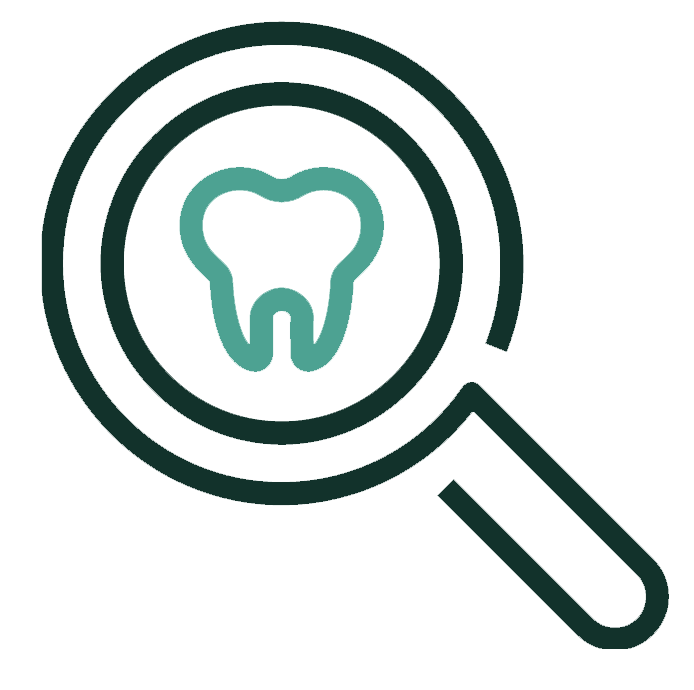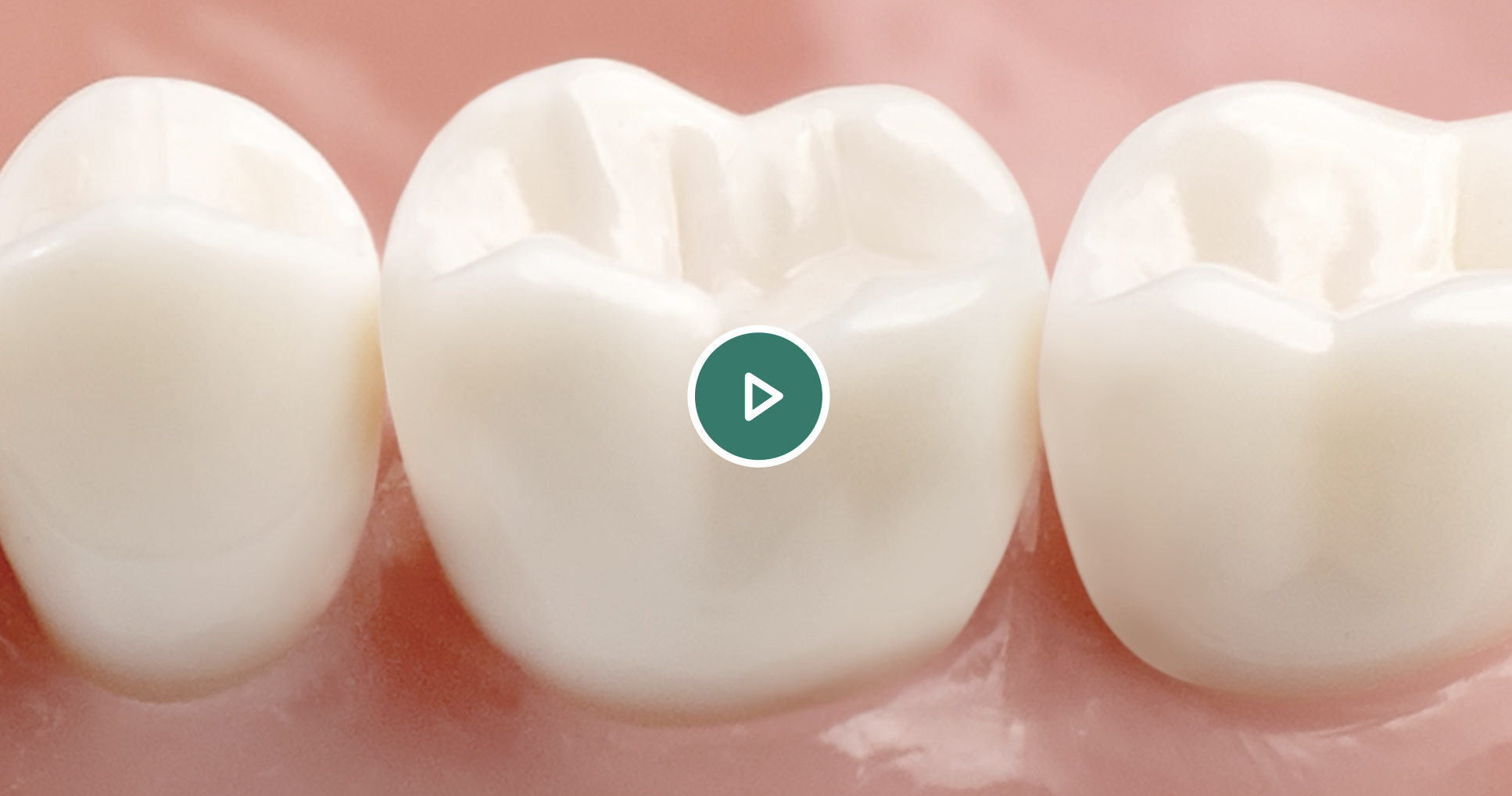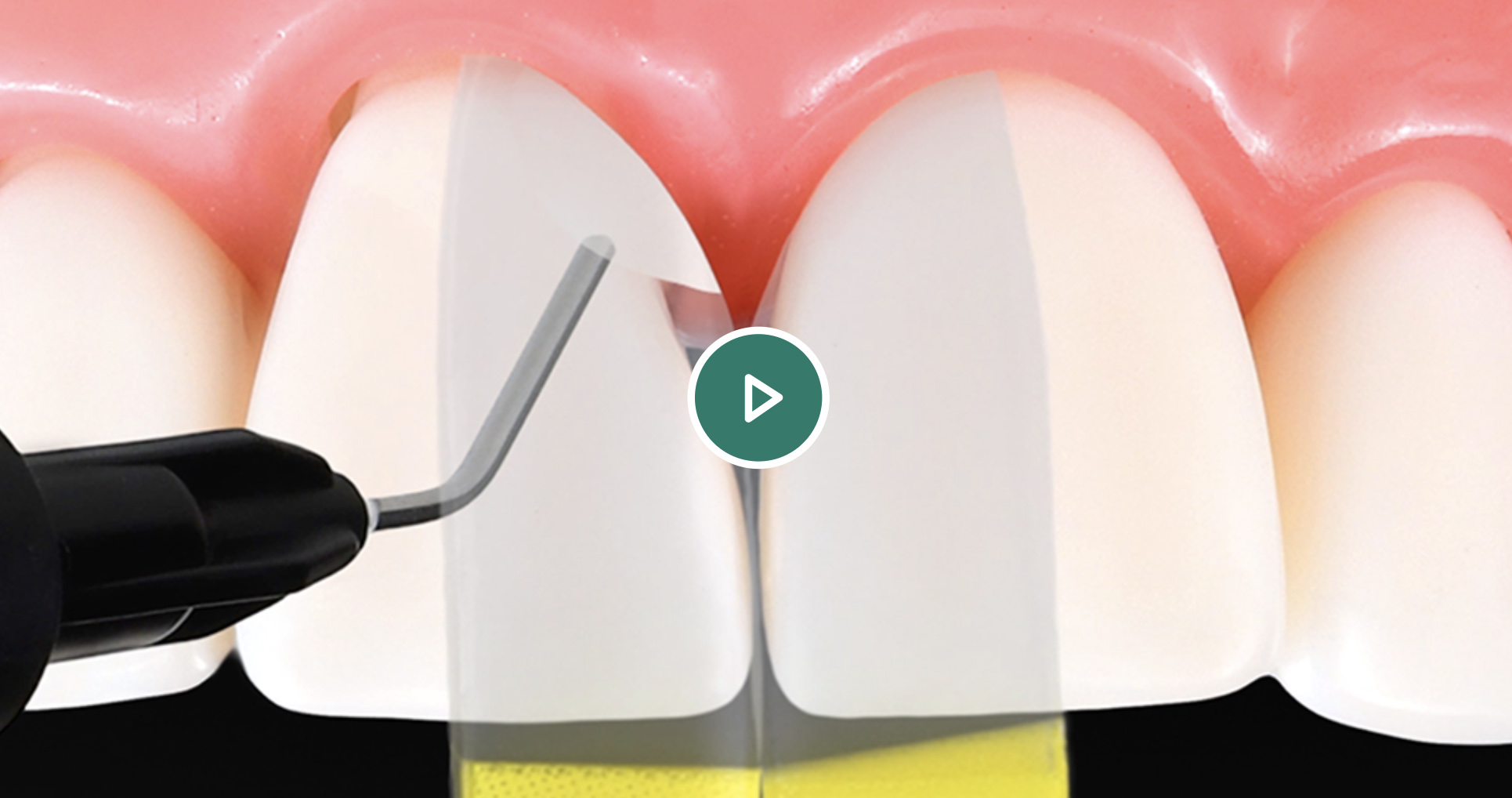About Bioclear Matrix
Bioclear was founded in 2007 by dentist and inventor Dr. David Clark with the vision of creating a modern, patient centered approach for restorative dentistry. The Bioclear Method is a cutting-edge technique for non-invasive anterior and posterior composite restorations, including an innovative approach to black triangle closures. With Dr. Clark’s updated tooth preparation, injection molding technique, and patented, clear anatomic matrix system, doctors can reliably achieve stronger, longer lasting, and aesthetically superior composite restorations. Bioclear offers a variety of education opportunities to help dentists and their practices transition to modern composite dentistry, including interactive, hands-on courses at the state-of-the-art Bioclear Learning Center in Tacoma, WA.
View Website
Did you know?

Up to 67% of all adults may have black triangle gaps along their gumlines.1
40% of all adults who receive orthodontic treatment end up with black triangles.2,3
Black triangles are patients’ 3rd most disliked aesthetic problem.4
500k early failures Study found that 23% of composite restorations failed before 2 years.5
Post-op sensitivity is the first cause of endodontic complications during the first year of posterior restorations service.6
Join our training sessions

Bioclear® Method and 3M™ Filtek™ Dental Restoratives in a class II restoration
1. How to improve contacts.
2. Help eliminat recurrent decay, fractures at the marginal ridge and post-opterative sensitivity.

Closing Black Triangles
with the Bioclear Method®
1. A predictable noninvasive procedure.
2. Incorporating additive
dentistry.
The Bioclear
Learning Center
An immersive learning experience that is intuitive and rewarding
- Kim, J.; Clark, D. Full-Mouth Black Triangle Treatment Protocol. Dentistry Today. 2017 (https://www.dentistrytoday.com/articles/10320).
- Kurth, J.R.; Kokich, V.G. Open gingival embrasures after orthodontic treatment in adults: prevalence and etiology. Am. J. orthod.Denofacial Orthop. 2001; 120: 116-123.
- Tanaka, O.M.; Furquim, B.D.; Pascotto, R.C.; et al. The dilemma of the open gingival embrasure between maxillary central incisors. Contemp. Dent. Pract. 2008; 9: 92-98.
- After caries and crown margins; Cunliffe, Joanne. Patients’ ranking of interdental “black triangles” against other common aestheticproblems. Euro J. Prostho. and Restorative Dentistry. 2009; 17(4): 177-81.
- J. T. Burke and P. S. K. Lucarotti, How long do direct restorations placed within the general dental services in England and Wales survive? British Dental Journal 2009; 206.
- Opdam NJM et al. Longevity of Posterior Composite Restorations: A Systematic Review and Meta-analysis. J Dent Res 2014; 93 (10): 943-949.